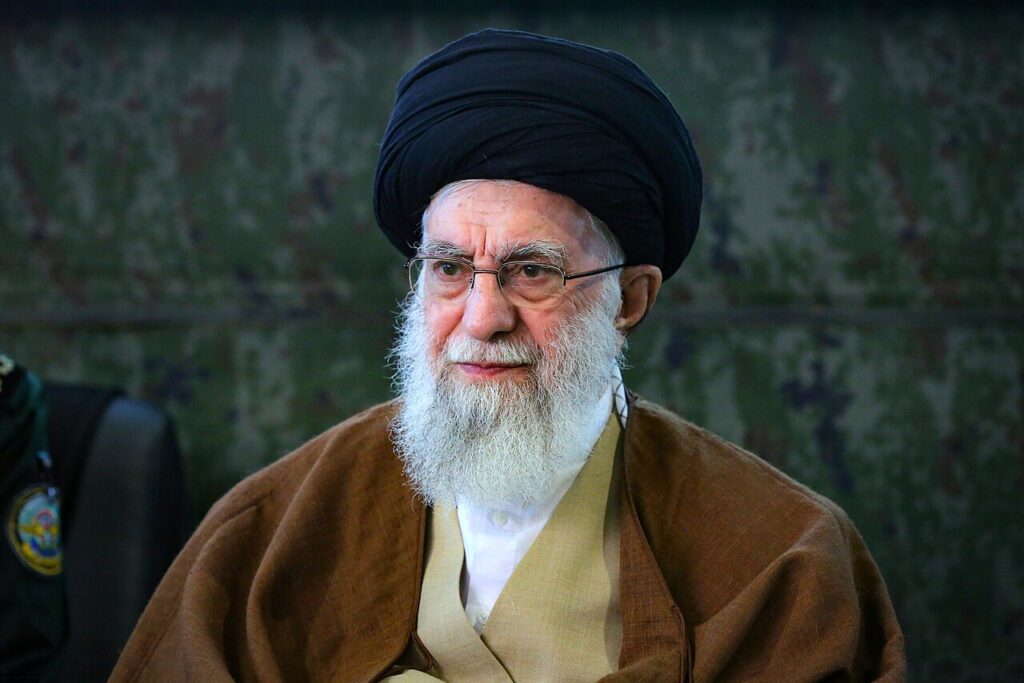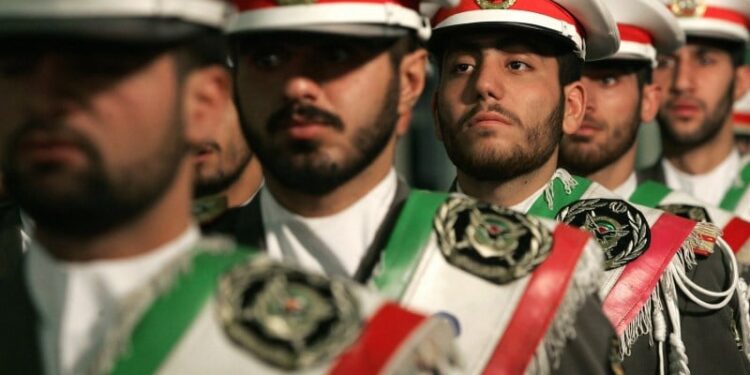Israel’s recent strikes on Iran have prompted growing speculation over whether its military campaign could trigger regime change in Tehran. While the rhetoric coming from Israeli officials has sharpened in recent weeks, and the targets have extended beyond nuclear facilities to include media, police and economic infrastructure, the reality is far more complex. For all the dramatic headlines, a fundamental shift in the leadership of the Islamic Republic remains unlikely, at least through external pressure alone.
The Israeli campaign, launched under the codename Operation Rising Lion, initially focused on halting Iran’s nuclear advances. However, recent attacks suggest a broader ambition to weaken the Islamic Republic’s governing structure. Prime Minister Benjamin Netanyahu has openly called for “new leadership” in Iran, and Israeli sources have hinted at a long-term strategy to destabilise the regime. At one point, a potential strike on Supreme Leader Ayatollah Ali Khamenei was reportedly discussed and then abandoned after intervention by the United States.
Despite the expanded scope of Israel’s attacks, regime change is unlikely to come from airstrikes alone. Iran’s political system is layered and resilient, with power shared across multiple institutions including the Islamic Revolutionary Guard Corps (IRGC), the Supreme Leader’s office, the Guardian Council, and regional military commands. Removing individual leaders or targeting strategic sites may cause disruption, but it is unlikely to dismantle the deeply entrenched structure of governance in Tehran.


If anything, external aggression often strengthens hardline elements within Iran. Attacks that result in civilian casualties or widespread disruption can prompt a nationalist backlash, rallying the public around the very leadership that foreign powers seek to weaken. Historically, authoritarian regimes have used foreign threats to consolidate control and silence domestic dissent. Tehran is well-practised in this regard.
Meanwhile, the Iranian opposition remains fragmented and largely ineffective. While there are dissident groups operating from abroad and occasional protests within the country, there is no unified movement with the organisational strength or public support necessary to challenge the regime. Many Iranians are wary of instability, particularly if they perceive opposition movements to be backed by hostile foreign powers. Memories of the Iraq war and the collapse of Syria still loom large in the region.

There is also the risk that Israel’s actions could have unintended consequences. Strikes that are seen as attempting to provoke collapse could instead accelerate Iran’s nuclear ambitions or spur retaliatory attacks on regional allies. Proxies in Lebanon, Syria, Iraq and Yemen remain well-positioned to escalate in response to what Iran sees as existential threats. In such a scenario, the region could be plunged into a prolonged and unpredictable conflict.
In summary, while Israel may succeed in weakening specific elements of Iran’s military or nuclear infrastructure, the prospect of regime change remains distant. Without a coherent internal opposition, sustained international coordination, or a broader strategy that addresses Iran’s political dynamics, airstrikes will not be enough to bring down the regime. In fact, they may harden it. The Islamic Republic has endured over four decades of internal and external challenges—military pressure alone is unlikely to end its rule.
newshub finance



Recent Comments